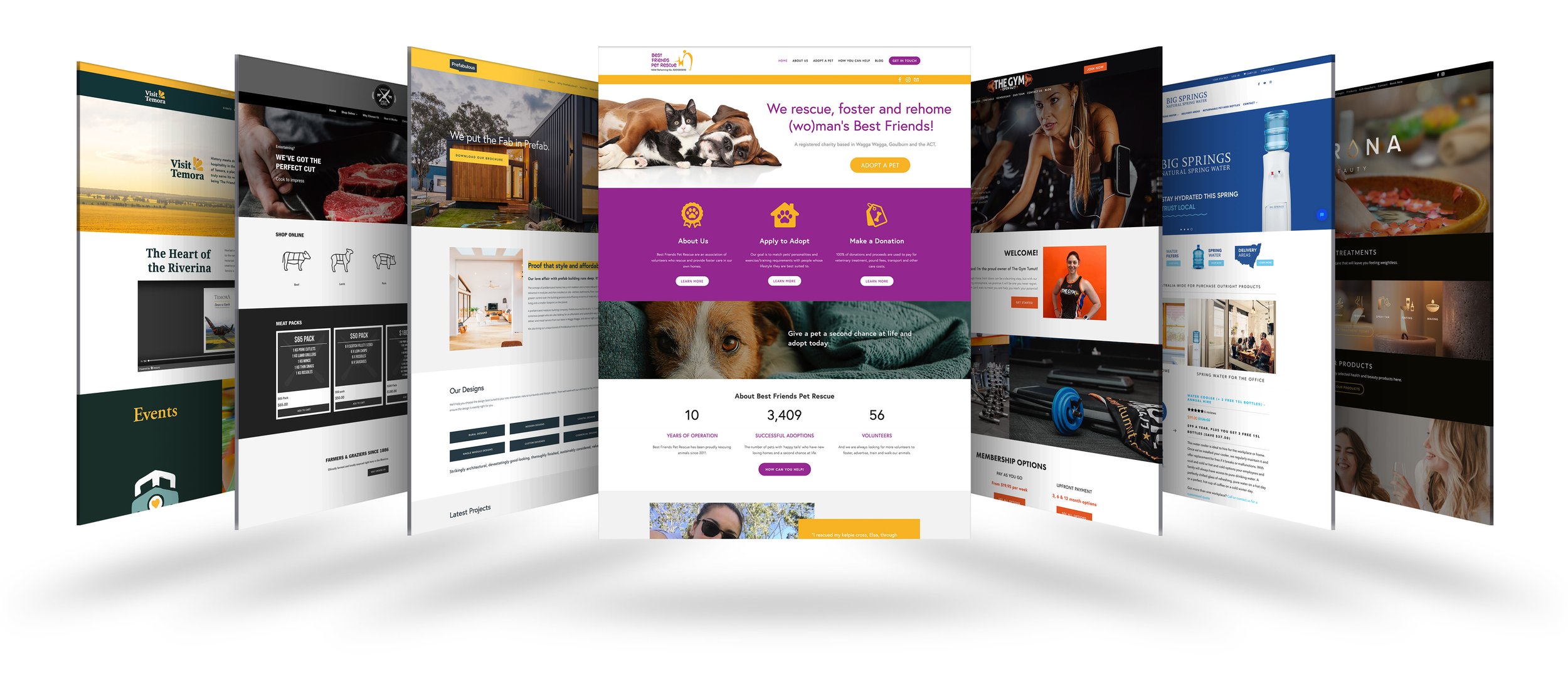Top Tips for Developing an Impactful Web Site Style That Converts
To accomplish this, one must take into consideration a range of variables, including comprehending the target audience, focusing on user experience, and enhancing for mobile platforms. The calculated use of compelling call-to-actions and a well-defined aesthetic hierarchy plays an essential role in directing individuals through their journey.

Understand Your Target Target Market
Recognizing your target audience is essential to efficient website layout, as it lays the groundwork for producing an appealing individual experience. Recognizing that your individuals are, including their demographics, preferences, and actions, enables designers to tailor the site's material, layout, and performance to satisfy details requirements.
Conducting detailed market research is critical in this procedure. Surveys, interviews, and analytics can offer valuable insights right into user assumptions and pain factors. By assembling this data, designers can produce user personalities that stand for various sectors of the target market, making certain that design decisions are informed and appropriate.
In addition, understanding the target audience aids in picking suitable layout components such as color pattern, typography, and imagery that resonate with users. A website that talks straight to its target market cultivates a feeling of link and trust fund, motivating longer check outs and greater conversion prices.
Eventually, a user-centered technique to web site layout not only improves individual complete satisfaction yet also supports company goals by driving interaction and commitment. By prioritizing the needs and preferences of the target audience, a site can effectively serve its objective and achieve desired results.
Prioritize User Experience
To enhance the total efficiency of a site, focusing on customer experience (UX) is important (Website Design). A well-designed UX makes sure that site visitors can browse the website effortlessly, find details promptly, and engage with content meaningfully. This results in enhanced customer contentment and greater conversion prices
Begin by applying intuitive navigating. Menus should be practically structured, allowing customers to situate essential areas of the site with minimal initiative. Uniformity in style aspects, such as color pattern and fonts, fosters experience, which is important for maintaining customer involvement.
In addition, think about the packing speed of your web site. A delay of just a few secs can result in considerable drop-offs, as users are much less likely to wait on a slow-loading web page. Streamlining pictures and enhancing code can boost performance and retain visitors.
By focusing on customer experience, you not only produce an extra enjoyable setting for visitors but likewise reinforce your brand's integrity. Inevitably, an emphasis on UX is an investment in the long-lasting success of your internet site.
Optimize for Mobile Gadgets
Optimizing for smart phones is vital in today's digital landscape, where an increasing number of customers gain access to websites via smartphones and tablet computers. A mobile-friendly design not only boosts individual experience but likewise plays a substantial function in boosting search engine positions. To achieve this, use this link it is important to adopt a responsive layout that immediately gets used to different screen dimensions and orientations.
Loading speed is an additional vital element; mobile customers are usually much less person and anticipate fast accessibility to details. Maximize photos and take advantage of browser More Help caching to enhance performance. Examination your web site on numerous devices and screen resolutions to recognize and fix any potential use concerns. By prioritizing mobile optimization, you ensure that your site remains affordable and properly engages a wider target market.
Use Compelling Call-to-Actions
A web site's performance commonly depends upon its capability to lead site visitors toward desired actions, making compelling call-to-actions (CTAs) essential parts of design. CTAs work as the pivotal factors that route individuals to involve with the site, whether that suggests purchasing, registering for a newsletter, or downloading and install a source.
To create effective CTAs, clarity is paramount. Usage succinct language that clearly connects the activity you desire the user to take.
In addition, consider using directional cues, such as arrowheads or photos, to lead customers towards these buttons. By focusing on these aspects, services can dramatically improve user involvement, driving conversions and eventually achieving their web site's goals.
Emphasis on Visual Power Structure
Reliable internet site style depends heavily on a well-structured visual pecking order that overviews individuals with web content seamlessly. By organizing components in a way that prioritizes info, designers can boost customer experience and assist in decision-making. This involves utilizing dimension, shade, comparison, and spacing tactically to accentuate the most crucial components of a webpage.
The home usage of larger typefaces for headings and subheadings establishes a clear distinction between various areas, permitting users to scan content effortlessly. In addition, employing different shades for buttons and calls-to-action can record customer interest and urge communication. Whitespace is one more crucial component; it stops mess and enables customers to focus on vital messages without distractions.
Images and graphics should enhance the message while likewise sticking to the well-known pecking order, enhancing the overall message (Website Design). Consistency in style elements, such as shade systems and typography, further enhances the aesthetic hierarchy, making navigating instinctive

Final Thought
Finally, efficient web site design demands a thorough understanding of the target market, prioritization of customer experience, and mobile optimization. The calculated use compelling call-to-actions and a well-defined visual pecking order better enhances user engagement. By applying these principles, web sites can attain greater conversion prices, ensuring that design elements not just attract visitors but also help with seamless navigating and interaction. Ultimately, a well-executed internet site design acts as a critical component in driving customer actions and attaining organization goals.